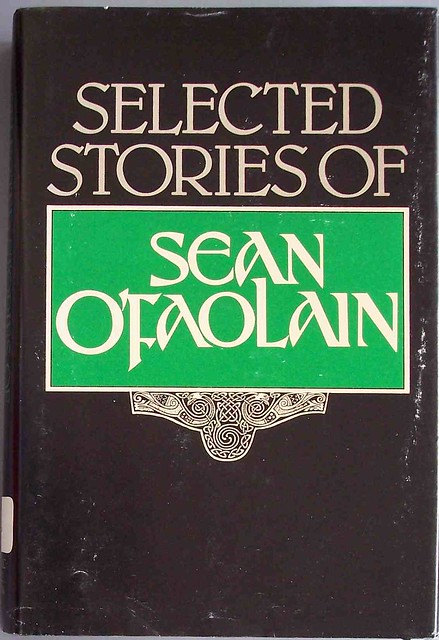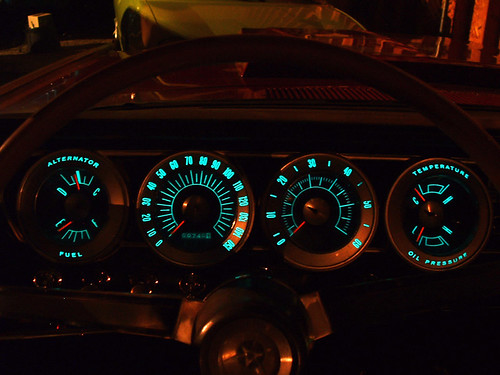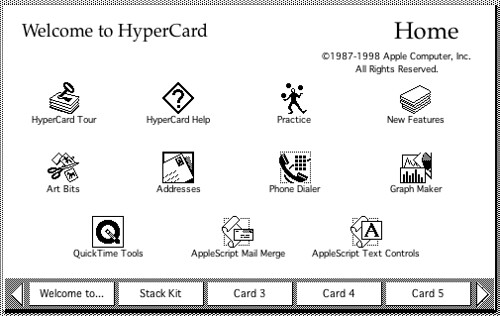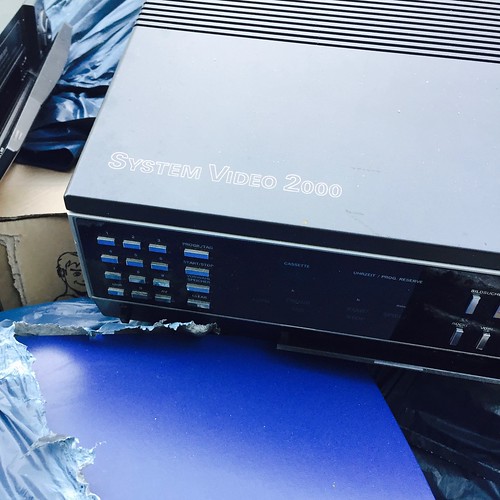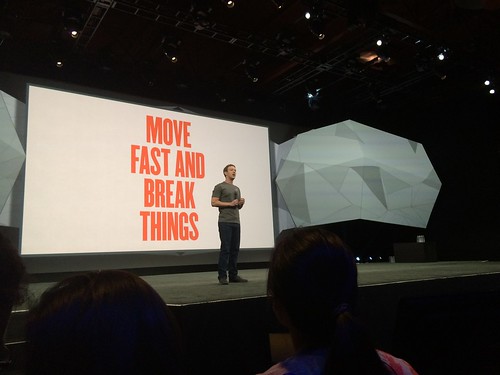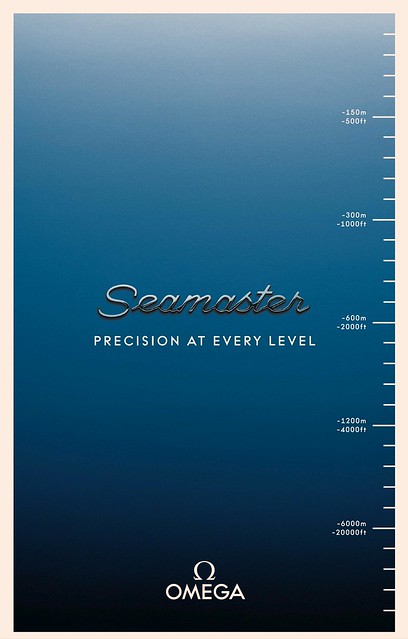The Apple Wonderlust event happened on September 12, 2023. The events timing fitted in with the two Apple events a year that we have grown to expect:
- Worldwide Developers Conference – in June.
- Autumn event in September / October.
Unlike when I started buying Apple products these events are no longer hosted at external conference centres but at Apple’s own conference centre as part of its campus. For the past decade and a half Apple hasn’t participated at wider trade shows, in the same way that the likes of Samsung or Microsoft would at CES.
Apple events from the late 1990s onwards built their reputation for being great live performances by Steve Jobs and the management team. COVID-19 seems to have allowed Apple to move to a pre-recorded keynote that the media and general public watch together either in person or streamed online, followed by the media being allowed to get hands on with the products.
This allows for a polished event presentation, all-be-it one that might be out of touch with its audience. More on that later.
Is wonderlust even a word?
A quick look at dictionaries offline and online kept bringing up results for wonderlust – the hankering to travel. That was until I hit Urban Dictionary that categorised wonderlust this way:
the desire to be in a constant state of wonder
Joe had a serious case of wonderlust: he was bored of anything ordinary.
There were other definitions, but I think that they were outside the scope of where Apple wanted to go.
TL;DR
If you’ve bought an Apple product in the past three years there weren’t any ‘must buy’ products showcased in the Wonderlust event. Your iPhone and Apple Watch will still be good enough and benefit from this years upgraded OS. If you have a device over three years old then upgrading to the new products is worth considering.
Apple still hasn’t jumped on the folding screen bandwagon that Samsung has. Given that we don’t see question-and-answer sessions that Steve Jobs sometimes indulged us with we don’t know the definitive ‘why’ yet.
The meh moments
There was more to criticise in this Apple events than other recent ones.
USB-C as a benefit
The reality is that in order for Apple to sell in the European Union it has had to move the iPhone and AirPods to a USB-C connection, away from the the Lightning connector. Apple tried to play this off as an improvement that they’d made to their phones, but the reality is that it was a change forced upon Apple.
Cringeworthy ESG update
Part of the pre-recorded content was a skit where Mother Nature turns up at Apple HQ for a meeting with the team about improvements in their environmental record. The problem was that the film was out of touch with the audience and has been roundly criticised.
For five minutes, we had the same thing over and over. It might be about materials one moment and packaging the next, but it was a single gag stretched out too far.
It was stretched so thin that you could see the thinking behind it. Every single element was good by itself, and no one would cut anything.
But the result is that every single element was undermined by the repetition. And instead of Apple showing it was better than just sell-sell-sell videos, the result was that the sketch felt like padding in an event that’s like drinking tech data from a fire hose.
AppleInsider – Apple’s ‘Mother Nature’ sketch was a complete dud, and didn’t belong in the iPhone 15 event
I do think it went on too long — the whole segment (sketch plus details) in fact was just 10 minutes long, not 20. But seemingly everyone, including me, felt like it lasted 20 minutes, which is never a good sign.
Daring Fireball (John Gruber) – Thoughts and Observations on This Week’s ‘Wonderlust’ Apple Event
There were some good points highlighted:
- Recycled materials usage. There were also claims made about leather usage, but these only applied to Hermés straps sold within Apple’s own retail channels.
- Taking plastic out of packaging. Apple has been minimising packaging by taking items out of the box (iPhone earphones, iPhone charger being two high profile examples). But now it’s taking plastic out of packaging as well. Its able to do this due to control of all aspects of its manufacturing process and packaging re-engineering. This is also pleasing to Apple shareholders. Given that Apple’s packaging is bought at scale, decreased materials usage and size means less risk of damage and reduced cost of manufacture & transport – any increased cost in design and packaging development will be amortised across millions of units. You see a similar benefit in Apple’s product materials as well such as aluminium laptop chassis.
- Carbon offset for energy used not only in the manufacture of Apple Watch, but also throughout their expected life.
- A move towards more ocean freight to reduce logistics carbon footprint, compared to air travel. This will have had a direct impact on the flexibility and responsiveness of Apple’s global supply chain, particularly custom specified products like non-standard MacBook Pro configurations.
Apple still has a lot of problems however and here are three of the biggest:
- With the exception of the Apple Pro, Mac models can no longer be upgraded, which reduces reparability and product life.
- AirPods can’t be repaired, only thrown away. This is a problem for the wireless earbud category in general, but Apple are a leading player in the market and can set the the tone in the market through innovation.
- The very nature of Apple’s business could be considered to drive excessive consumption. In sharp contrast, one of the traditional reasons why one owned a Mac was that you got a computer that was useful for longer. I am currently using a couple of Apple Thunderbolt displays that are between 8 and 12 years old. Prior to the iPhone I was using Macs that may have been eight years old by the time that i parted company with them.
Incremental product improvements
The announcements would have felt like tweaks for consumers. Apple Watches got more powerful processors for the first time. The iPhone Pro titanium frame would marginally reduce the weight of the handset. Apple has previously used titanium in laptops between 2001 and 2003, so the material isn’t completely new to the brand. The camera can create video and photography with depth for the Apple Vision Pro. Camera performance with darker skin tones has been improved to match Google Pixel driven innovation. But battery life is ‘about the same’ as previous generations.
Many of the software improvements including live stickers are likely to be be in the iOS upgrade available to previous generations of phones.
Ok, so what if anything was interesting about the event?
There were three things that while they wouldn’t make me want to go out and buy a new device are still important developments, based on the direction that they are taking Apple products.
Service integration
Apple iPhone is moving beyond emergency satellite text services to breakdown care via satellite as well. It’s interesting that Apple is continuing to go beyond cellular. It is starting to look like the kind of differentiation Vertu used to enjoy with its single button concierge service. It supports the viewpoint that Apple is a luxury adjacent, if not luxury brand.
Mechanical engineering on the iPhone camera
Apple has managed to cram in a lens with an equivalent focal length of 77mm into the iPhone 15 Pro through a novel prismatic lens design. The device also uses a similar mechanism design to that used on Pentax DSLRs to compensate for device shake. The titanium frame probably provides additional rigidity for this system to work to its full potential. However the weight loss of the device might drive increased shake so there is a careful calibration in choices that the engineering team made.
On-device machine learning
The Apple Watch had redesigned silicon to move machine learning from the cloud or iPhone device on to the Watch itself. This improves response time, but also points to a move of taking large language model systems and neural networks out of the cloud and on to the device. Given that the watch also features ultra wideband wireless connectivity, it’s an especially interesting choice decoupling the watch from the iPhone.
More Apple-related content here.

